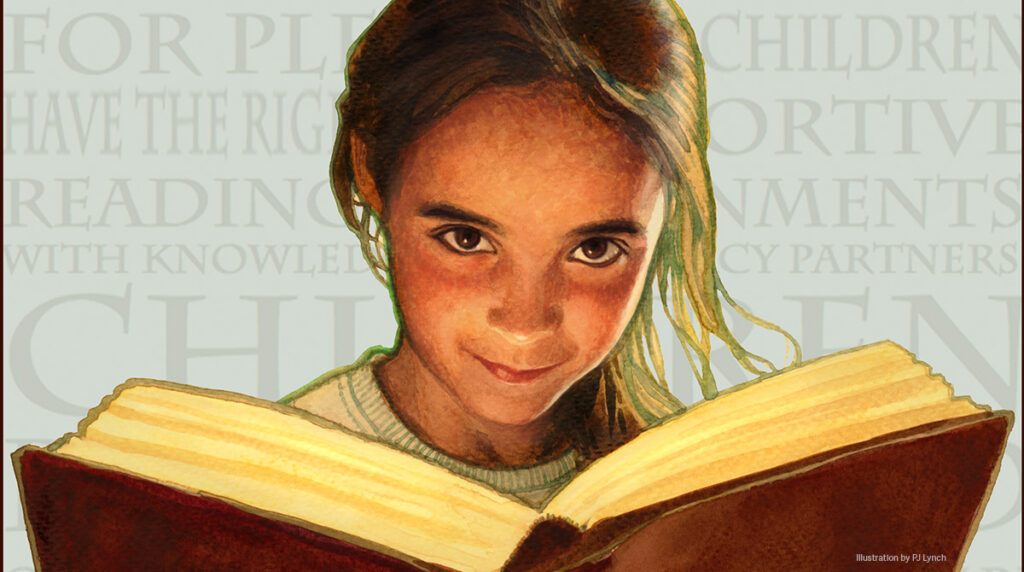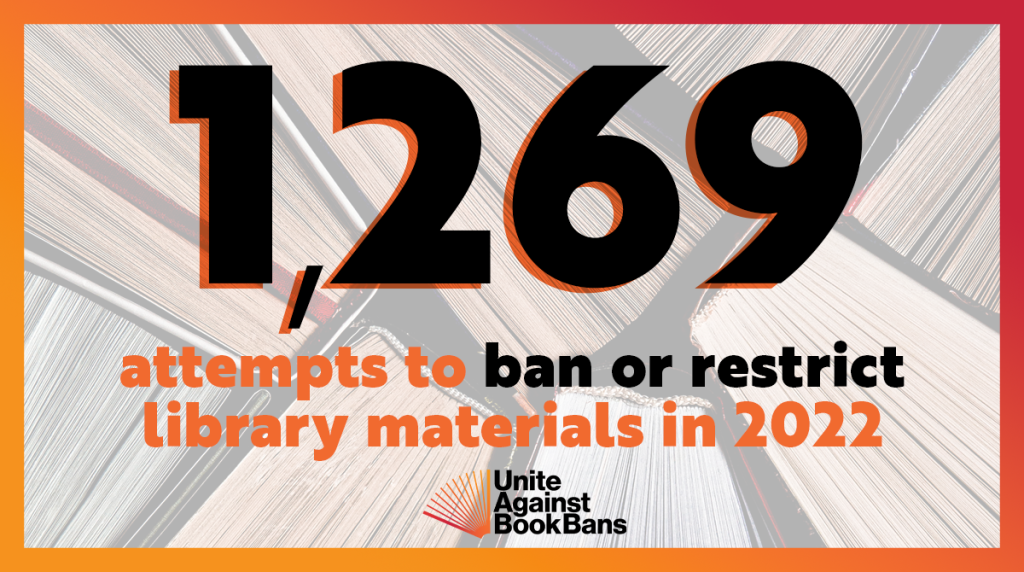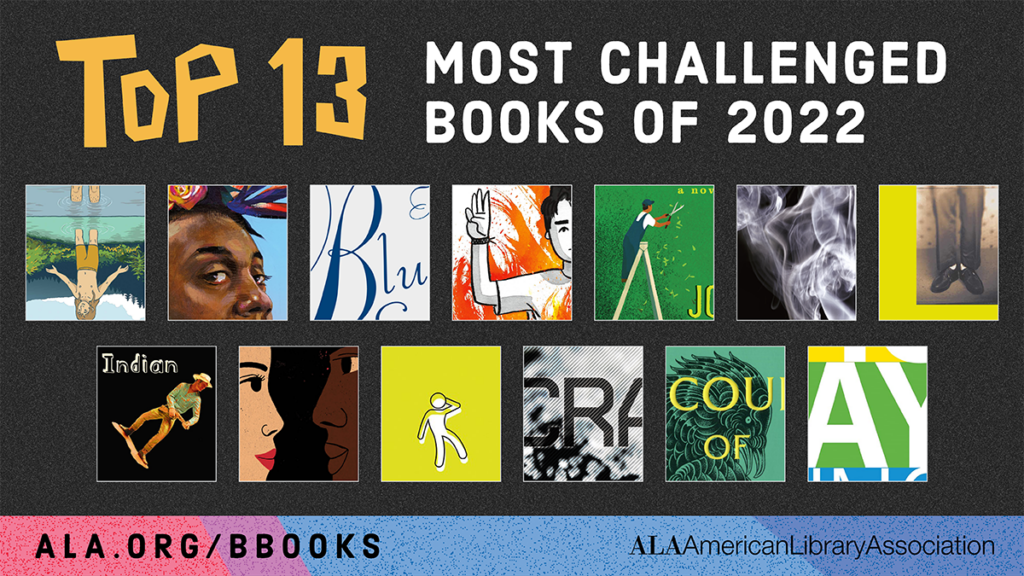This blog post is from Nicola Wedderburn, Executive Director of the International Literacy Association (ILA), a Unite Against Book Bans partner.
In 2018, the International Literacy Association (ILA) launched the Children’s Rights to Read initiative—a global campaign founded on 10 fundamental and inalienable rights that we believe every child deserves. Among these rights is one that always seems to be under attack: Children have the right to choose what they read.
Young Readers Subjected to Escalating Censorship and Reduced Access to Libraries
Since 2021, attacks on children’s rights to read have dramatically intensified. There are active pieces of state legislation that would make it illegal for a teacher or librarian to give a child a book that someone, somewhere has deemed inappropriate. Book lending stands to become a criminal act, punishable by up to 10 years in prison. This would be based on decisions made by school boards and policymakers, none of whom would be required to have any sort of background in education.
As I write this, I’m returning from two weeks of traveling to various professional development events for literacy professionals, including two state conferences put on by ILA chapters. I have had the privilege of speaking with teachers, reading specialists, instructional coaches, literacy coordinators, principals, and more—all of whom are deeply concerned about ensuring children’s rights to read in their classrooms and communities. I cannot tell you how many have shared that their schools no longer have libraries, and that even the ones that do are no longer able to employ librarians to staff them.
Encouraging Kids to Choose What They Read Fosters Reading Interest
In addition to serving as ILA’s Executive Director, I am the mother of two young children. My oldest is finishing up fifth grade and I am fully convinced that she is the future CEO of a Fortune 500 company. She has been reading since she was four and won’t leave the house without a book in her purse. The stories she reads are the ones helping her to write her own.
Thankfully, she and her younger brother attend schools where reading for pleasure is prioritized, and where my kids and their classmates are given the right to select their own reading materials. For more about why this is the right approach to support young people in becoming proficient readers, see ILA’s The Case for Children’s Rights to Read. I have never taken my children’s experience as readers for granted, but I also haven’t viewed it as something I needed to worry about—something I may need to fight for. That has changed.
What Can We Do? Standing Against Censorship
As we’ve seen over the past few months, there’s no stability in our current situation. Change is constant and unpredictable. Our members write in with heartbreaking stories of books being snatched from their shelves, of policies being put in place that prohibit them from providing literature that reflects the true diversity of the students in their schools (not to mention policies that prohibit the use of the word “diversity”).
I’m angry about what’s happening, but I know that I can’t let anger guide me. As a mother, I’ve made a choice to focus on areas where I feel I can make the most difference, such as sponsoring literacy events at my daughter’s school.
In some ways, I’m taking the same approach in my role at ILA. I’m putting the needs of our members front and center, working diligently to provide the supports and solutions they are asking us for. One of their top concerns: Censorship.
Advocacy Resources to Use and Share
This brings us back to Children’s Rights to Read, which serves as both a call to action and a guide for advocacy. Last fall, ILA released an updated toolkit that provides ideas and suggested activities for adults by role (teacher, principal, district administrator, etc.) and includes templates for putting them into action. What I love most about it is its approach to advocacy. The guide was written by literacy professionals who understand that sometimes what seems like the smallest step can create the biggest change.
I encourage you to download the Children’s Rights to Read (available in 16 languages!) and explore the other resources ILA provides, all of which complement the excellent Action Toolkit created by our colleagues at Unite Against Book Bans. Please consider sharing and signing on in support.
Malala Yousafzai said, “When the world is silent, even one voice becomes powerful.” Be that voice. Find the others. Let’s get loud.
Don’t we owe it to them?



